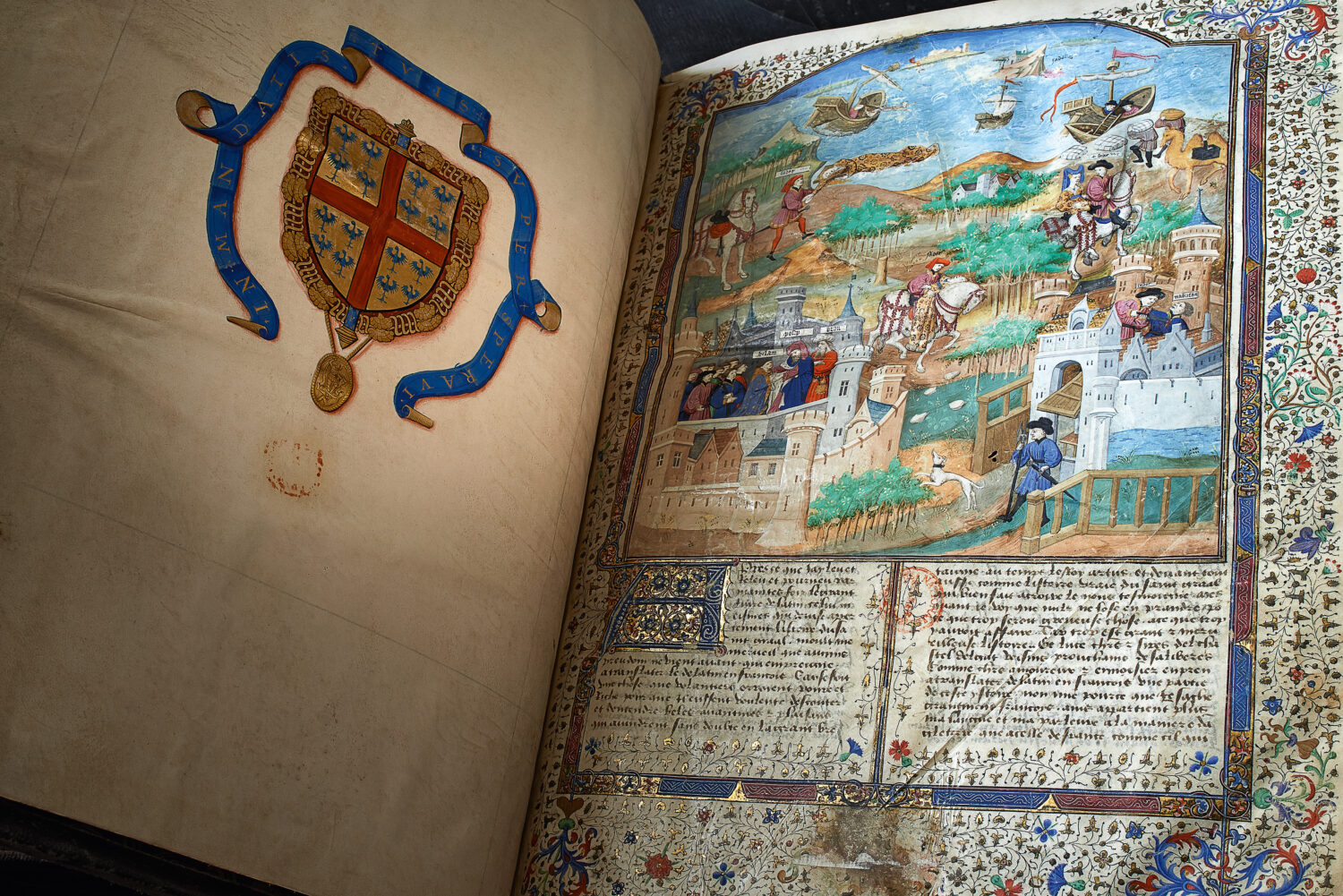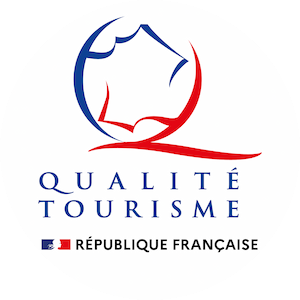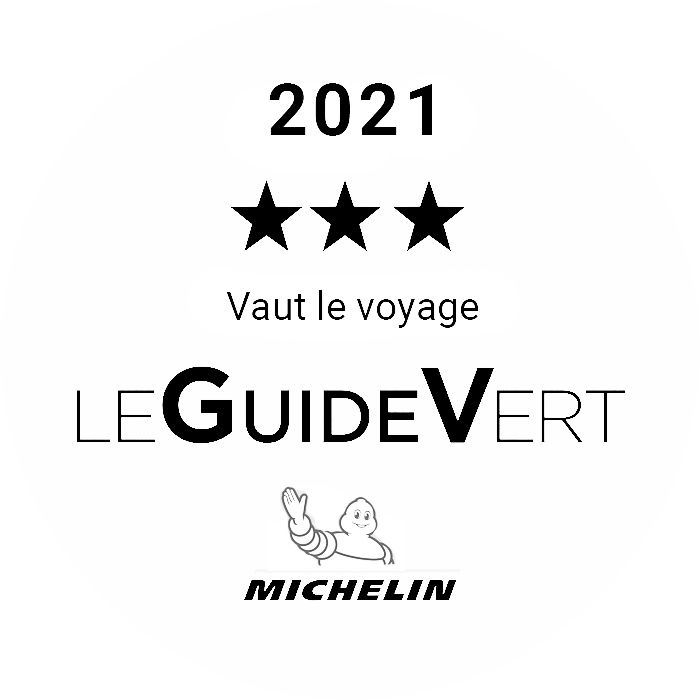Scientists and Researchers
Condé Museum
Housed in the heart of the Château de Chantilly, the Condé Museum houses more than 830 paintings, 4,000 drawings, 5,000 prints, 1,700 old photographs, around 250 sculptures and more than 5,000 works of art.
The Condé museum thus brings together an exceptional collection of paintings by Raphaël, Clouet, Poussin, Watteau, Ingres, Delacroix and even Corot. Some of them are major works such as Raphael’s Three Graces or Poussin’s The Massacre of the Innocents.
Library and Archives
The library and archives of the Condé de Chantilly museum preserve the rich collections of books and written documents assembled over the centuries by the lords of Chantilly, members of the families of Montmorency and Bourbon-Condé, such as those acquired by the Duke of ‘Aumale in the 19th century. The old collections are supplemented by modern and contemporary documentary collections.
The reading room
The result of the Duke of Aumale’s desire to encourage the study of his collections, the chateau’s reading room welcomes some three hundred researchers each year. There continues the work of Henri d’Orléans, author of a monumental Histoire des princes de Condé, who surrounded himself with the greatest scholars of his time.
Readers are welcomed free of charge, by appointment, in an exceptional setting, overlooking the garden of the Aviary and marked by the Duke of Aumale’s taste for hunting. Researchers are admitted regardless of their profile: academics, heritage professionals, but also students or amateurs keen on genealogy or curious about the history of their region. A third of the readers are foreigners, proof of the international influence of the library’s collections.
The teams document the history of the works and of the castle. They are continuing the work of inventorying and identifying old collections in order to make them better known. This is accompanied by restoration and exhibition programs. Each year, new documents are also digitized and put online, always with the prospect of being accessible to everyone.
In practice :
- The reading room is open Mondays, Wednesdays, Thursdays and Fridays from 9.15 a.m. to 5 p.m.
- The visit of readers is subject to prior reservation by email on: bibliotheque@chateaudechantilly.fr
- For more information and an overview of the collections, visit the library website.













